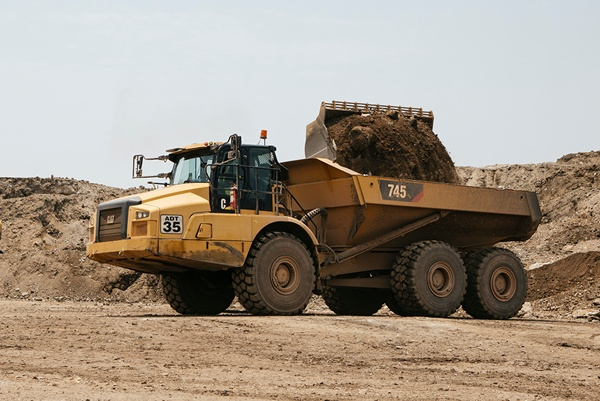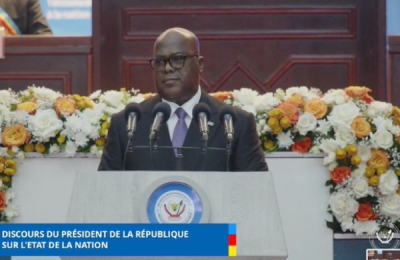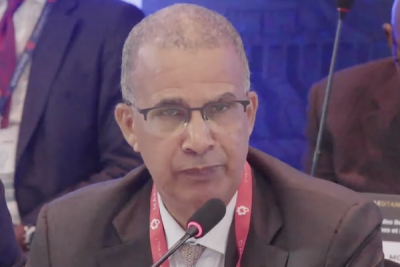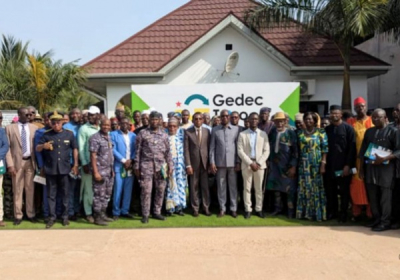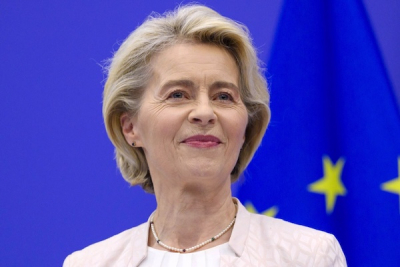The projected value of measured copper and copper reserves of the Mutanda mine in the Democratic Republic of Congo (DRC) is $72 billion. Glencore, the Anglo-Swiss multinational commodity trading and mining company, recently disclosed the estimate in its 2024 reserves and resources report.
Based on estimated potential, mineral deposits fall under three classifications: measured reserves, which offer high reliability; indicated reserves, which are reliable but require further confirmation; and inferred reserves, which are less certain.
According to Glencore's latest report, Mutanda boasts measured reserves of 197 million tonnes of ore with a copper grade of 1.94%, yielding a total of 3.8 million tonnes of copper. The cobalt grade in this category is 0.61%, translating to approximately 1.2 million tonnes. By applying the market value of mineral contracts deliverable in one year (February 2026) to these measured reserves, Glencore estimates $41 billion for copper and $31 billion for cobalt, totaling $72 billion.
These projections could change, based on factors like actual resource extraction, complex financial modeling, and the terms of sales contracts over time.
The Mutanda mine is 40 km from Kolwezi, the capital city of Lualaba Province in the southern part of the DRC. Glencore owns 95% of the asset, against 70% of the Kamoto project. The Anglo-Swiss firm has secured two permits valid until 2037 for Mutanda, with the mine's lifespan potentially extending to 20 years pending further investment.
In contrast, the latest report from Kamoto does not mention measured resources but reveals indicated resources that still require further study estimated at 10.4 million tonnes of copper and 1.5 million tonnes of cobalt suggesting a potential mining life of around 15 years.
The figures could spark local stakeholders’ interest, including the Congolese government, which collects taxes and royalties on industrial mines. After smelling opportunity, subcontractors and suppliers linked to Glencore's regional operations could also flock to the project.
This article was initially published in French by Georges Auréole Bamba
Edited in English by Ola Schad Akinocho






